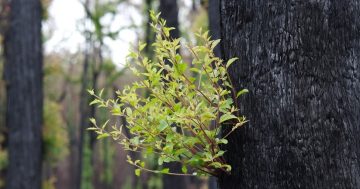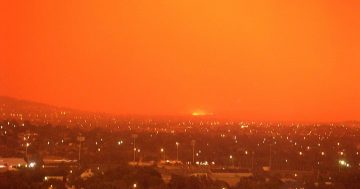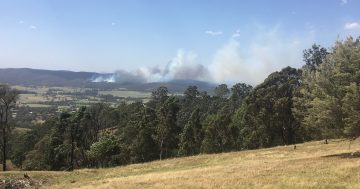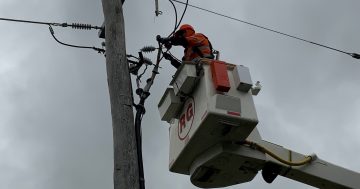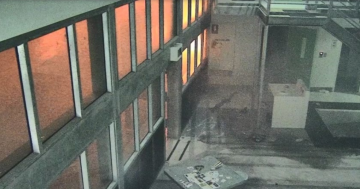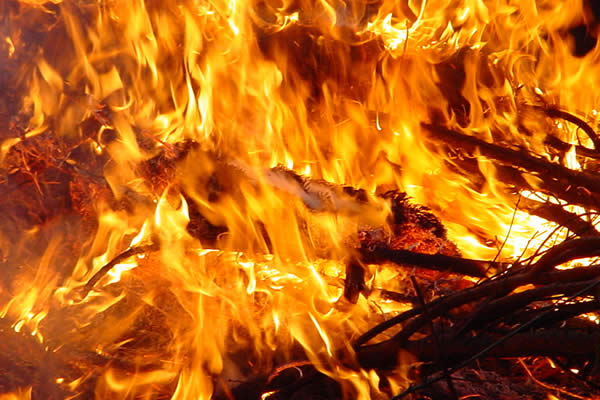
The firestorm in January 2003 left the city battered and stricken and areas of surrounding rural communities, plantations and farmland utterly devastated. Four people died, hundreds were injured, some 500 homes lost and the city’s water, power and transport infrastructure badly damaged.
But many of the victims soon found themselves facing a new nightmare, a legal minefield to navigate as they contended with insurers to rebuild their homes and get on with their lives. Slowly but steadily each individual case has found agreement and the scars of destroyed houses, gutted cars and blackened streets are a thing of the past.
But one group of plaintiffs has continued a struggle for compensation, which has now lasted for eleven years and five months, and it’s not over yet. However, their case may have reached a turning point this week after the full bench of the ACT Court of Appeal reserved its judgement on whether NSW Government agencies had been negligent in their handling of the fires in NSW bordering the ACT.
In many ways this saga is a mirror of the larger picture of official incompetence and cover-ups that are as much a hallmark of the fire event itself, that led to Canberra’s baptism by fire on Saturday 18 January 2003.
The men and women on the ground were heroic and admirable as time and again they faced overwhelming fire events. Police and firefighters could have done no more.
But the management of Canberra’s fire preparedness was almost laughable, had it not been so tragic and so terrible. ACT Government officials refused to issue warnings to residents and were denying any danger as late as midday on the day of the fires.
In the immediate aftermath, a blanket of silence fell across all government agencies in Canberra and NSW. Managers of years standing were no longer providing public comment about the fire event. The ACT Government appointed legal counsel for all key participants, who were quarantined from any blame or any accountability. That ‘official silence’ remains today and many of the clear blunders that contributed to the failure to be prepared or to respond in a coordinated way have been quietly brushed under the carpet.
The central figure in this latest case before the ACT Court of Appeal is Wayne West, a farmer whose 400 ha property, Lazy Acres in the Brindabella Valley, was destroyed – but only after emergency crews had drained away all his water supplies and emptied his dams. Mr West and his co-appellants allege that the NSW National Parks and Wildlife Service and NSW Rural Fire Service were negligent in the way they managed the fires.

The plaintiffs lost their original case against NSW in 2012 when Chief Justice Higgins said there was no evidence NSW had failed to act in good faith, and he did not find them liable. Yet, Justice Higgins found that the NSW agencies had failed a duty of care by deciding not to fight the McIntyre’s Hut fire on January 9. He said they also failed to carry out back-burning along a containment line along the Goodradigbee River.
If the bench decides in favour of Mr West and his co-appellants then it will go some way to helping them to finally put their lives back together. It will also mark official recognition of the source of the fire that reached Canberra in less than four hours and devastated the city’s south-western suburbs.
Peter Clack wrote the cover story about the fire in The Canberra Times, published on Sunday, 19 January 2003. He is the author of Firestorm Trial by Fire.












